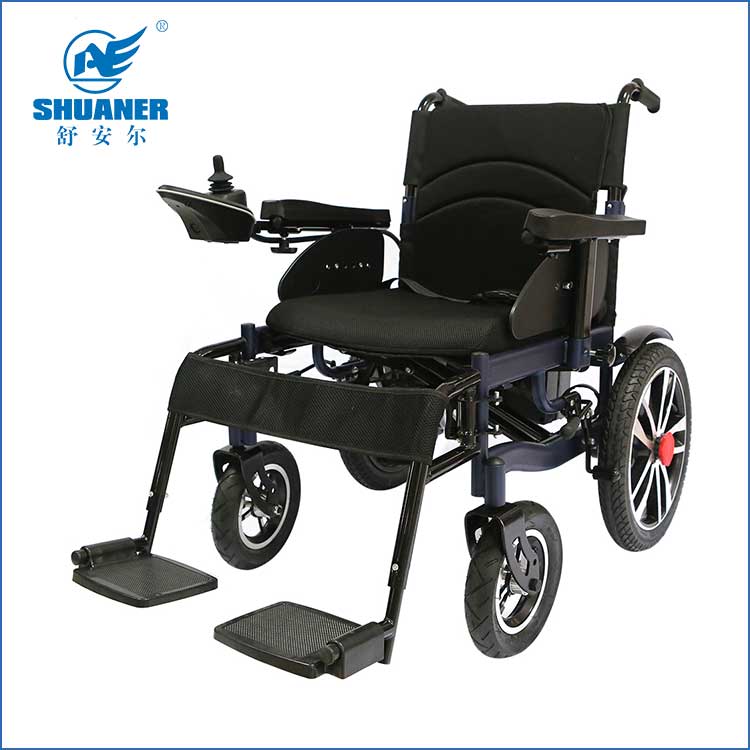- English
- Español
- Português
- русский
- Français
- 日本語
- Deutsch
- tiếng Việt
- Italiano
- Nederlands
- ภาษาไทย
- Polski
- 한국어
- Svenska
- magyar
- Malay
- বাংলা ভাষার
- Dansk
- Suomi
- हिन्दी
- Pilipino
- Türkçe
- Gaeilge
- العربية
- Indonesia
- Norsk
- تمل
- český
- ελληνικά
- український
- Javanese
- فارسی
- தமிழ்
- తెలుగు
- नेपाली
- Burmese
- български
- ລາວ
- Latine
- Қазақша
- Euskal
- Azərbaycan
- Slovenský jazyk
- Македонски
- Lietuvos
- Eesti Keel
- Română
- Slovenski
- मराठी
- Srpski језик
What are the common faults of electric wheelchairs?
2024-03-20
As an auxiliary mobility tool, electric wheelchairs have the following common faults:
Battery failure: When the battery is aged or has insufficient power, the electric wheelchair will not operate properly. At this time, the battery power needs to be checked and the battery may need to be replaced.
Motor problems: The motor of an electric wheelchair is a key component. If the motor is damaged or malfunctions, the wheelchair may not operate properly. At this time, you need to check whether the motor is normal and repair or replace the motor if necessary.
Controller failure: The controller of the electric wheelchair is responsible for controlling functions such as motor and steering. If the controller fails, the wheelchair may not operate normally. It is necessary to check whether the controller is working properly and repair or replace the controller if necessary.
Flat or worn tires: Wheelchair tires are often in contact with the ground and are prone to wear or punctures. Tires that are deflated or severely worn will affect the stability and driving comfort of the wheelchair, and the tires need to be repaired or replaced in time.
Wire connection problems: There are many wires inside the electric wheelchair connecting various components. If the wire connections are loose or damaged, some functions of the wheelchair may not operate properly. Wire connections need to be checked and reconnected or replaced if necessary.
Failure of other components: In addition to the above components, electric wheelchairs also include seats, armrests, foot pedals and other components. If these components fail or are damaged, they will also affect the normal use of the wheelchair.




